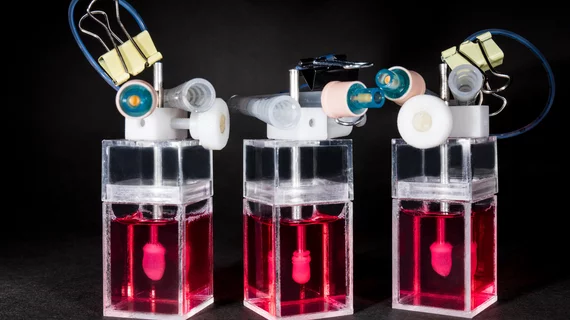3D mini-hearts could aid first-line testing for drugs
A company called Novoheart has created the first 3D heart organoid—a miniature version of the real thing—which contains a hollow chamber similar to one of the four in a normal human heart.
According to Kevin Costa, Novoheart’s cofounder and director of cardiovascular cell and tissue engineering at Mount Sinai’s Icahn School of Medicine, the hollow organoids behave more like a heart than flat patches of cardiac tissue.
“We don’t fully understand why the hollow sphere responds more like the real thing,” he told Wired. “Is it something about fluid slushing around inside it? Do shear stresses impact cell development? It’s not clear to us yet, but there’s definitely something unique about being in that shape. It acts like a heart, so it is a heart.”
Costa said Novoheart’s 3D organoids are actually more like a baby heart than an adult heart, but pharmaceutical companies are still interested in the drug-testing capabilities of this and other bioengineered human heart tissue technologies. These tools could be used to test the effects of treatment before expensive human trials are necessary, such as whether a drug causes the heart to beat faster or slower, or get weaker or stronger over time.
One bioengineer told Wired he doesn’t believe mini-hearts will replace animal testing in the near future, but they could still stop or alter drug development at an earlier stage.
Read more below:

